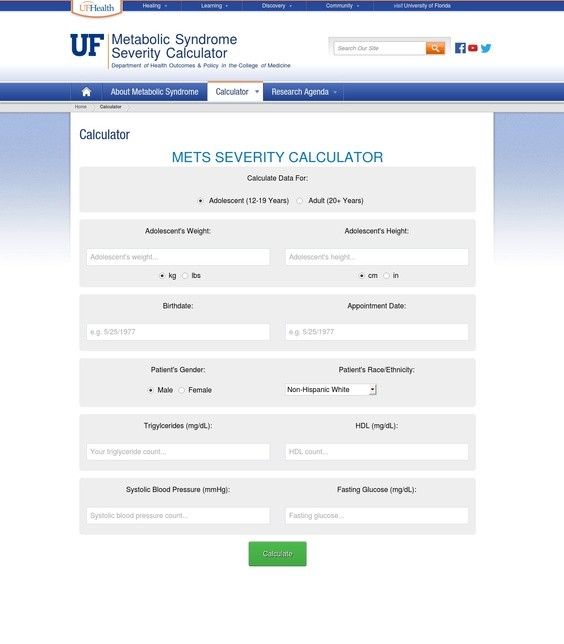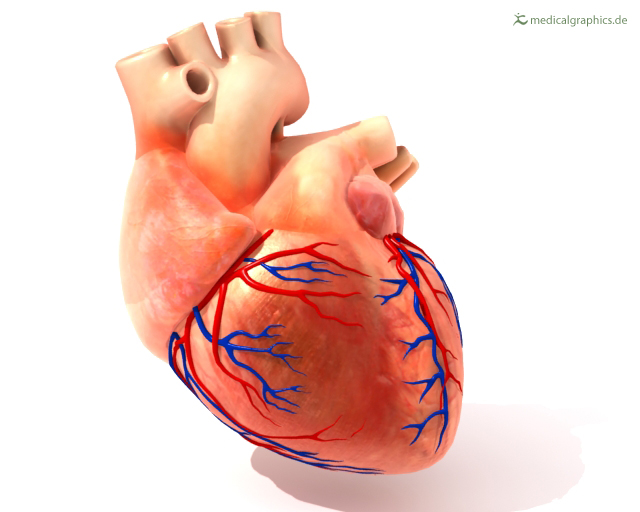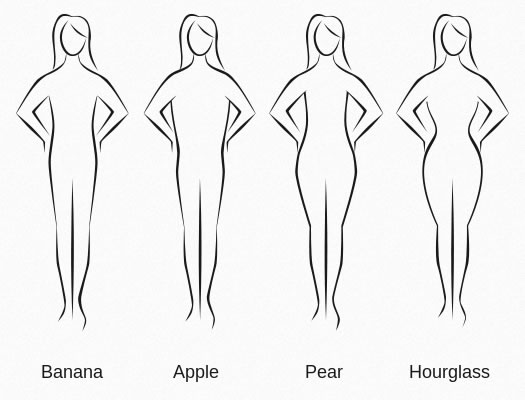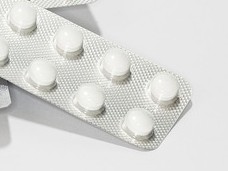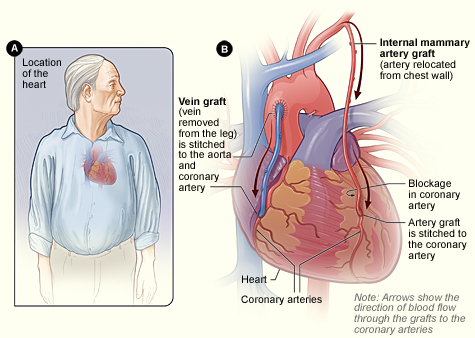Omega-3 fatty acids may prevent more sudden deaths than automated external defibrillators in homes and public places or implanted defibrillators, according to the results of a new study.
Researchers compared these preventive strategies in a computer-simulated community of 100,000 people that resembled the population of Olmsted County, Minn., in 2000.
By raising omega-3 fatty acids levels among the cyber-Olmsted citizens, Thomas Kottke, M.D., and colleagues were able to lower overall death rates in the simulated population by 6.4 percent.
By contrast, automated external defibrillators or AEDs reduced death rates by 0.8 percent, and implanted defibrillators (ICDs) reduced deaths by 3.3 percent, found the researchers led by Kottke, a cardiologist at the Heart Center, Regions Hospital in St. Paul, Minn.
People can raise their omega-3 levels by eating fish or taking supplements.
The study, published in the October issue of the American Journal of Preventive Medicine, showed that raising omega-3 fatty acids �would have about eight times the impact of distributing AEDs and two times the impact of implanting ICDs,� Kottke said.
Three-quarters of the reduction in deaths from increased omega-3 fatty acid levels would come from raising omega-3s among the healthy portion of the population, according to the researchers.
Although previous studies have shown that omega-3 fatty acids and defibrillators can prevent sudden cardiac deaths, it is difficult to compare their effectiveness across a population, the researchers say.
For instance, people who suffer from a cardiac condition can be prescribed a series of different treatments and may follow their doctors� orders to different degrees. To keep these types of variables under control, Kottke and colleagues developed the computer simulation, which combined realistic data on patient health and treatments with unrealistic conditions such as 100 percent patient compliance with doctors� prescriptions.
Raising blood levels of omega-3 fatty acids in individuals after a cardiac event such as a heart attack could save 58 lives a year, according to the simulation�s predictions. Only seven lives per year were saved by AEDs, while implantable defibrillators prevented 30 deaths each year under simulation conditions.
�Despite the fact that AEDs do save lives, they are unlikely to ever have a substantial impact on rates of sudden death,� Kottke said, explaining that a whole chain of events � from speedy application of the device to surviving in the hospital � has to occur to save a person with an AED.
Other studies suggest that proper AED training may also make a difference in how safely the devices would be used if they were as widely available as in the simulation. A recent study by Mary Ann Peberdy, M.D., of the Virginia Commonwealth University Health System and colleagues found very few harmful incidents related to AED use by training lay volunteers.
�There were no inappropriate shocks and no failures to shock when indicated,� Peberdy said of the study, which included more than a thousand public facilities and residences in the United States and Canada. �AEDs have an exceptionally high safety profile when used by trained lay responders,� she added.
Kottke and colleagues also note the comparative costs of omega-3 versus defibrillator treatment. For example, a population similar to the simulation could raise their omega-3 levels with daily supplements for $5.8 million a year.
�If however, a large proportion of the community ate fish high in omega-3 content rather than other meat, much of the cost would be offset,� Kottke said.
Equipping every household in a similar population with an AED would cost $201 million, the researchers estimate. However, their analysis shows that equipping first responders such as paramedics and firefighters with AEDs for a comparable population would be �relatively inexpensive,� costing only $195,000, Kottke said.
The study was supported by the Centers for Disease Control and Prevention and the Association for Prevention Teaching and Research.
- American Journal of Preventive Medicine
- Kottke, TE, et al. (2006) Preventing sudden death with n-3 (omega-3) fatty acids and defibrillators. Am J Prev Med 31(4), 2006.
Source: HBNS


